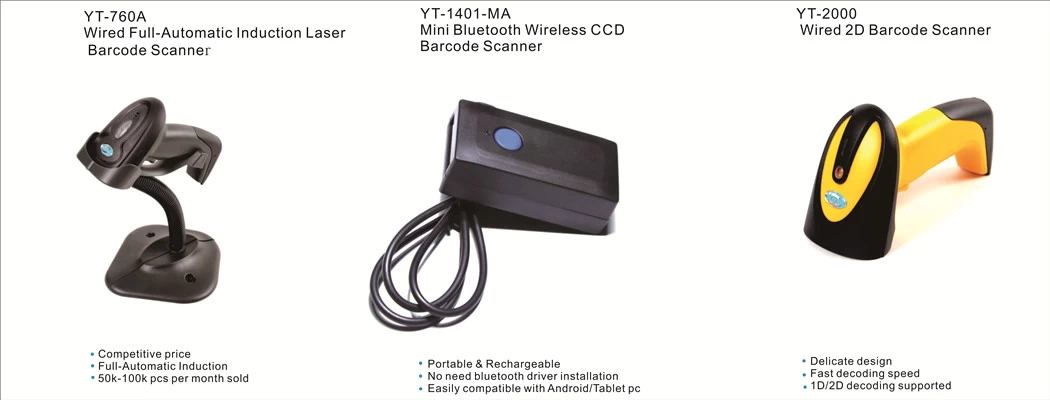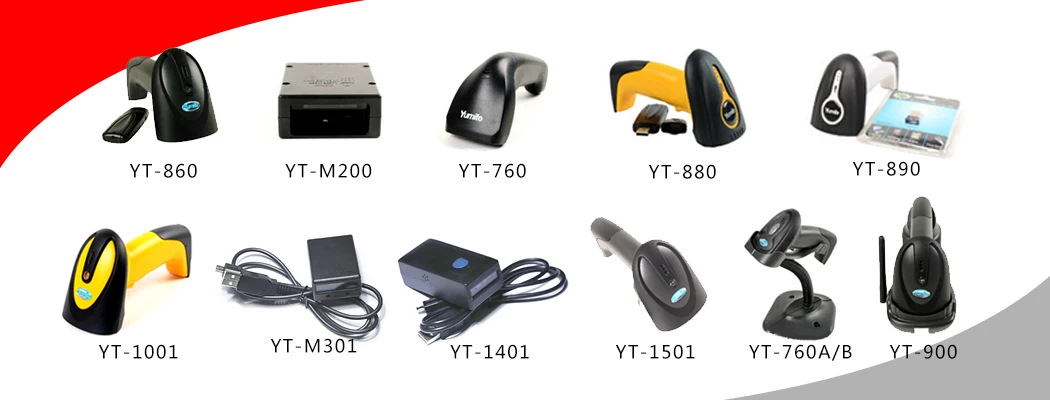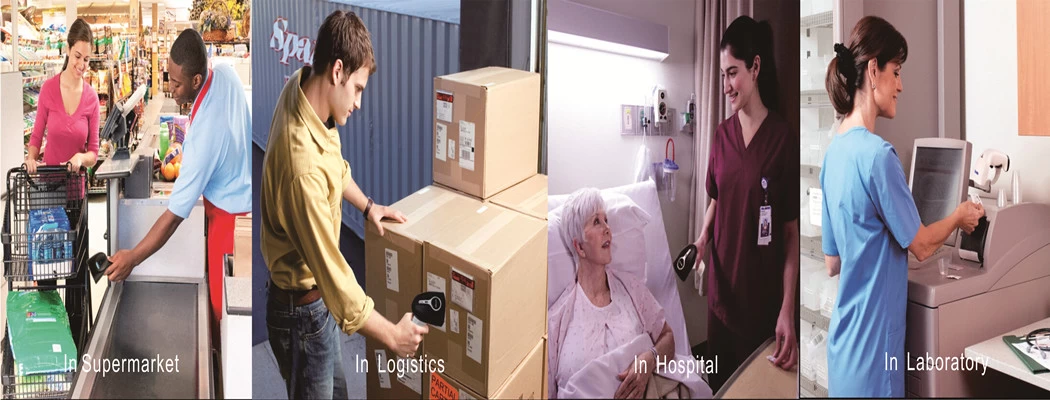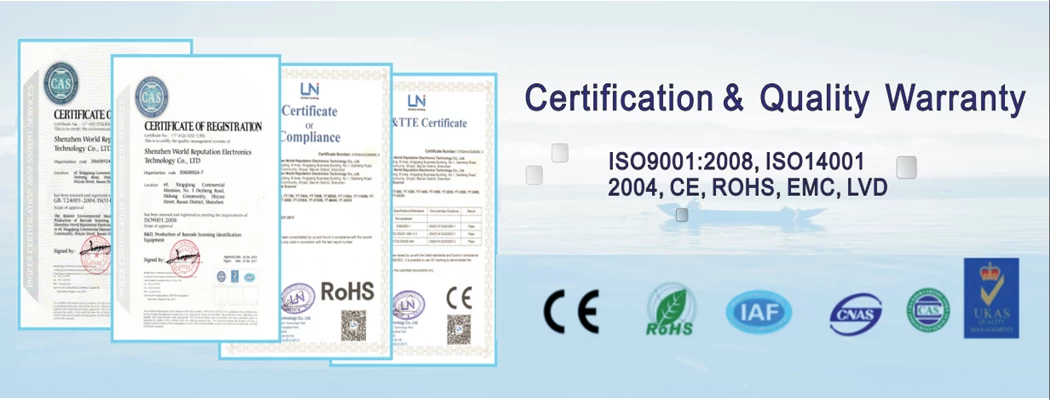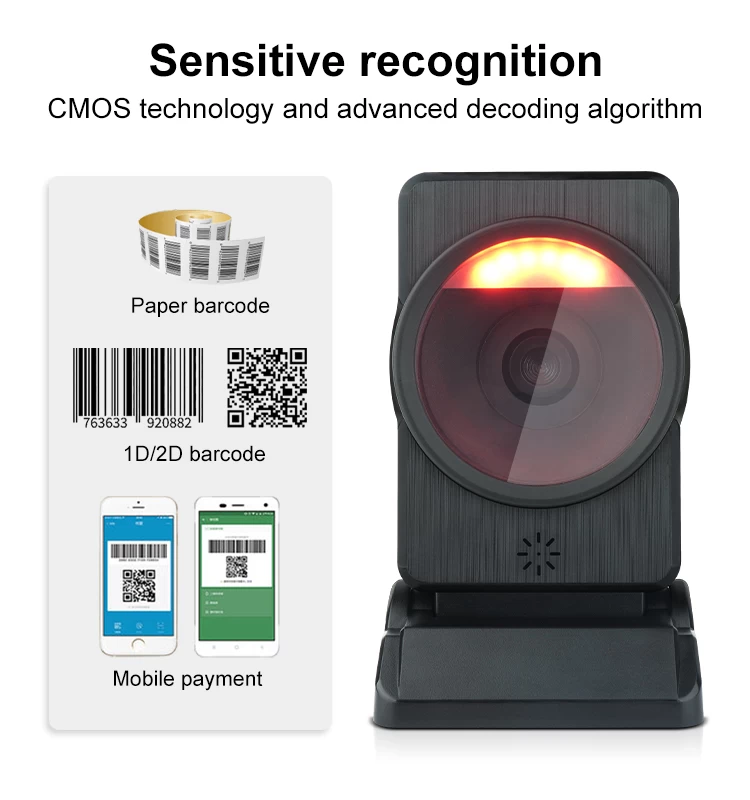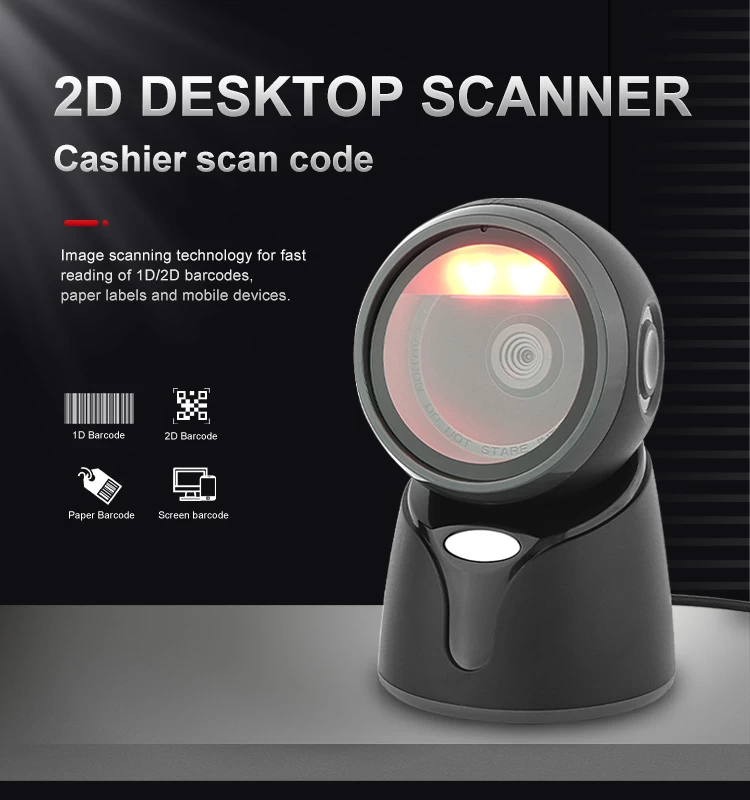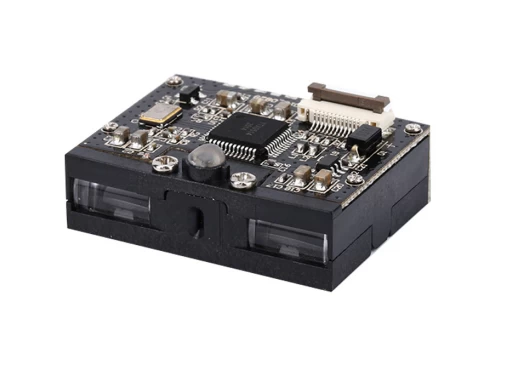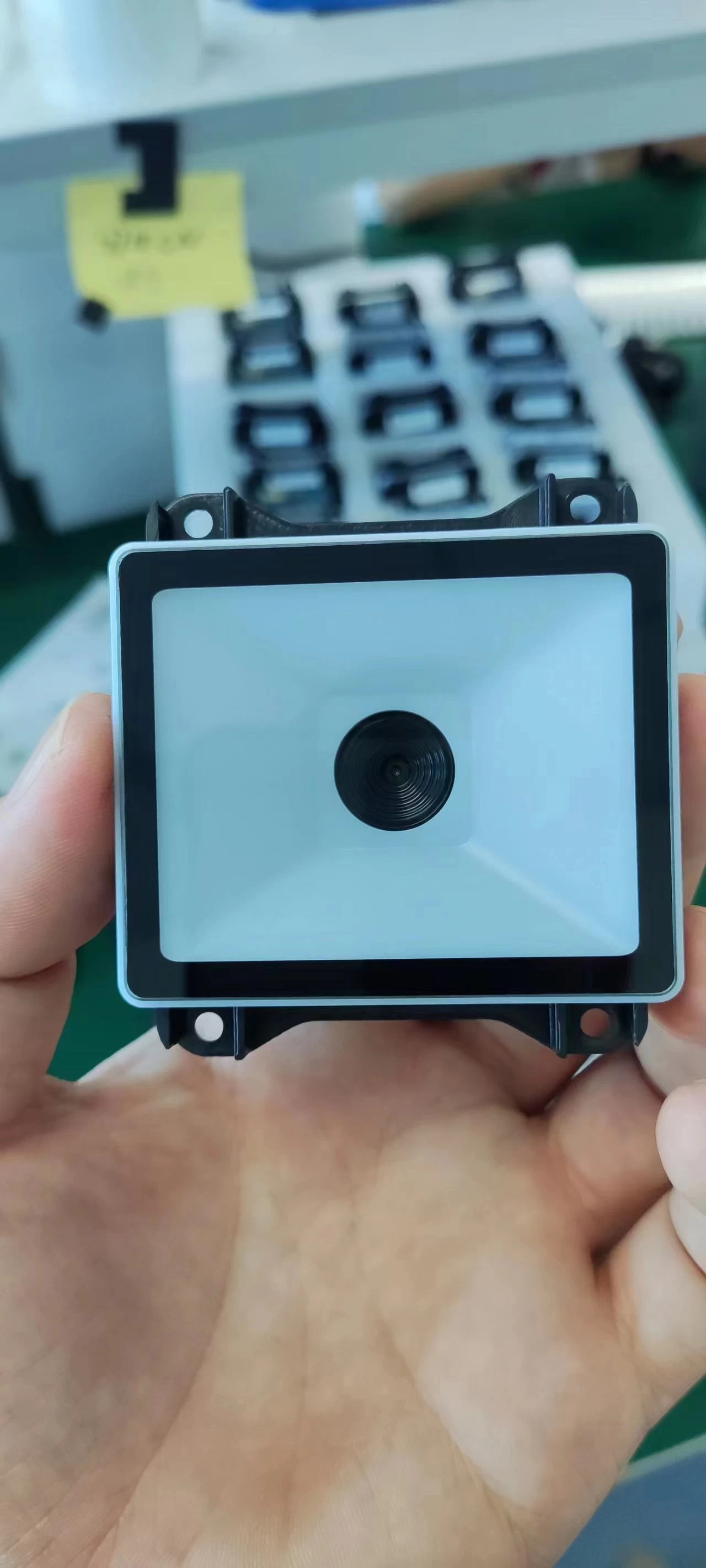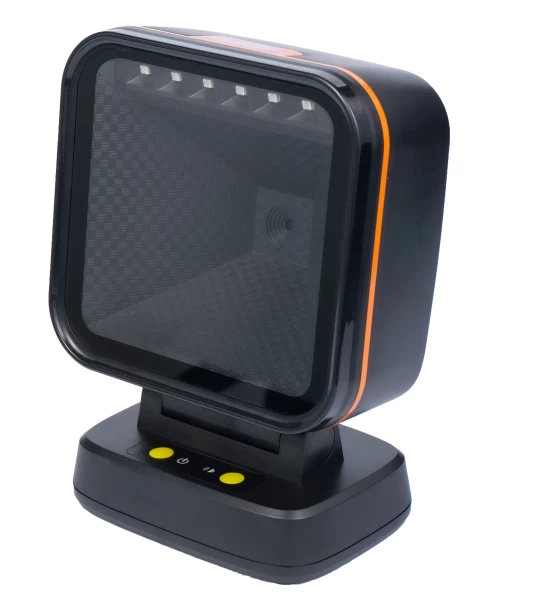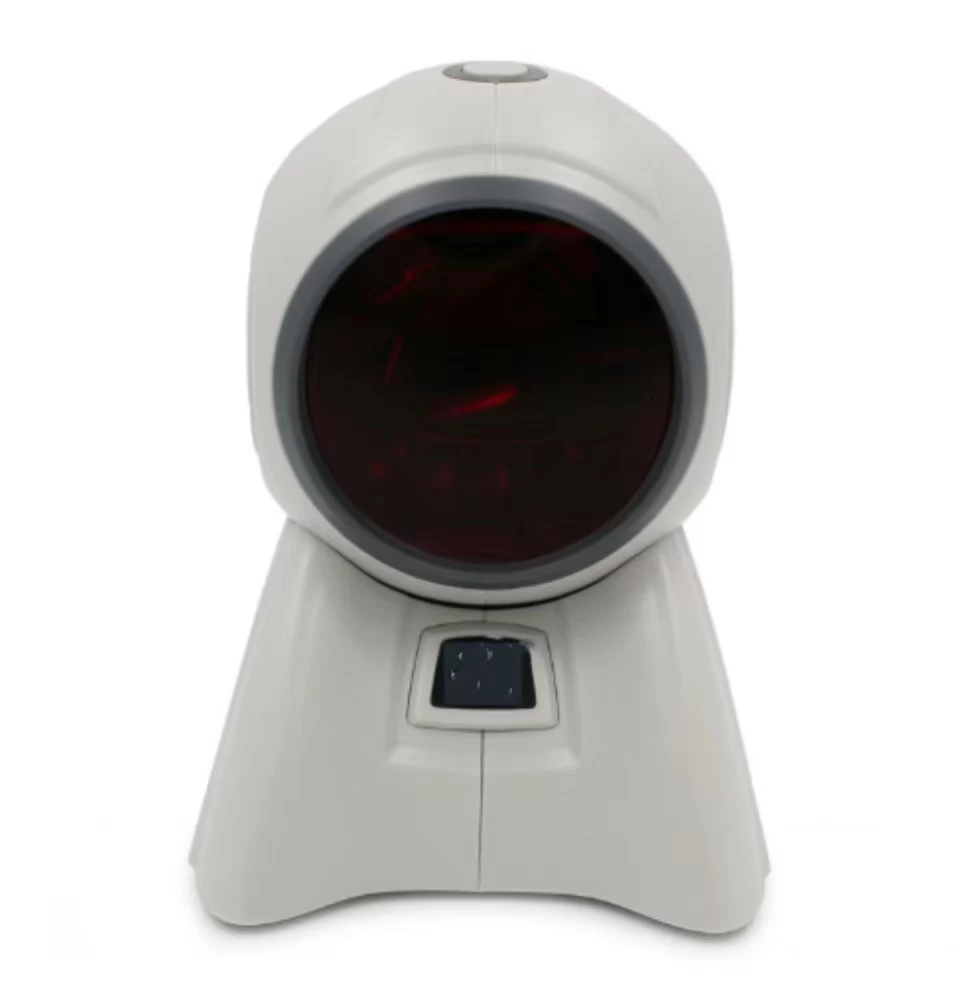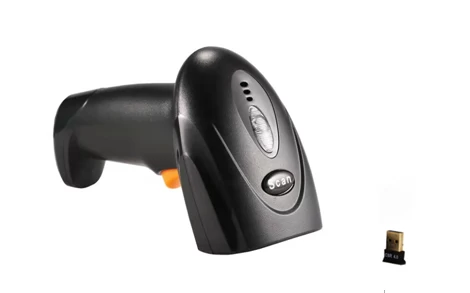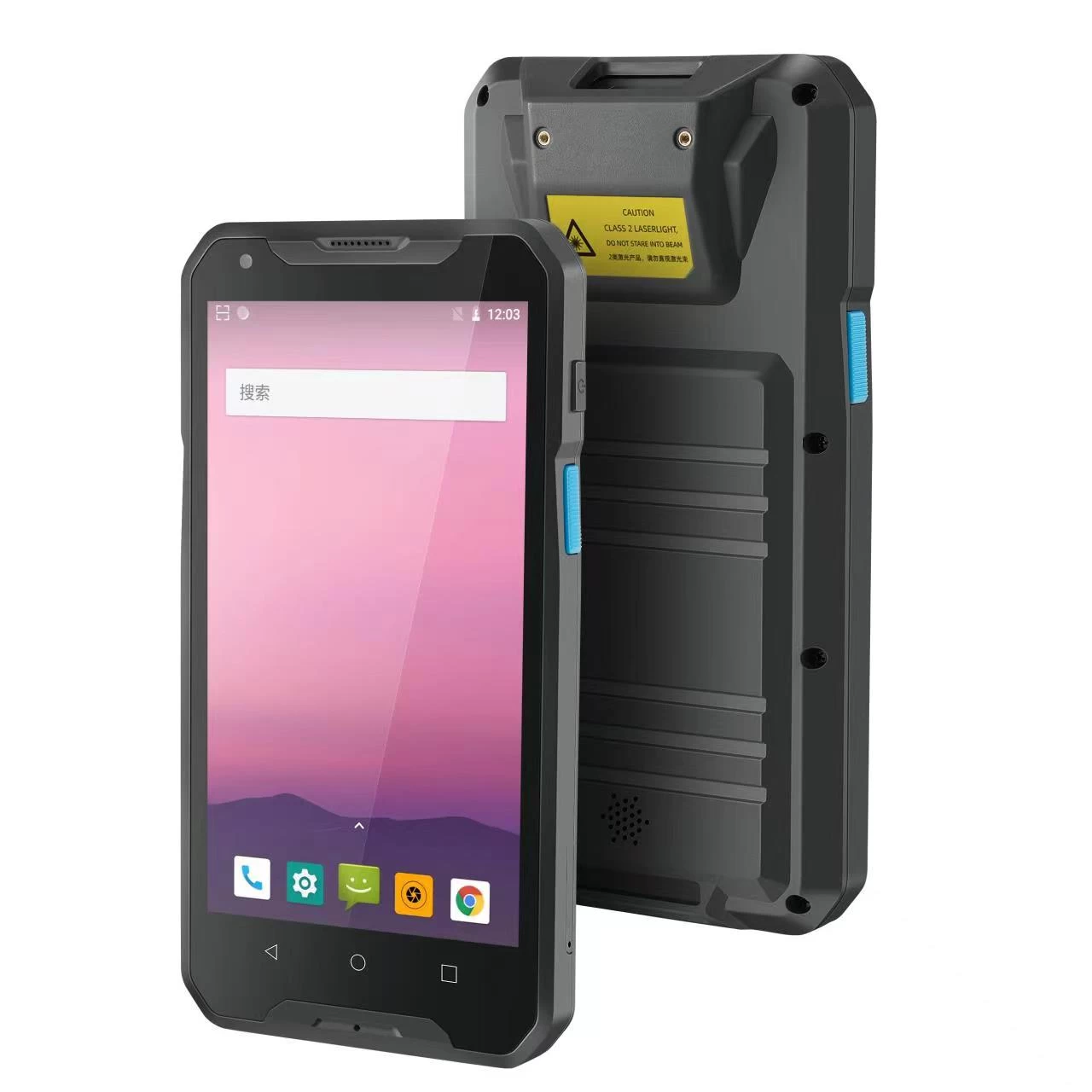What Is the Difference Between 1D and 2D Barcode Scanning?
Ben
Yumite
2016-09-12 17:44:06
Barcode
There are two general classes of barcodes: one-dimensional (1D or linear) and two-dimensional (2D). They are used in different types of applications, and in some cases are scanned using different types of technology. The difference between 1D and 2D barcode scanning relies on the layout and amount of data that can be stored in each, but both can be used effectively in a variety of automatic identification applications.
1D Barcode Scanning:
Linear or 1D barcodes, like the UPC code commonly found on consumer goods, use a series of variable-width lines and spaces to encode data. Linear barcodes hold just a few dozen characters, and generally get physically longer as more data is added.
1D barcodes are dependent on database connectivity to be meaningful. If you scan a UPC code, for instance, the characters in the barcode have to relate to an item in a pricing database to be useful.
2D Barcode Scanning:
2D barcodes, like Data Matrix, QR Code or PDF417, use patterns of squares, hexagons, dots, and other shapes to encode data. They can be much smaller while holding more data (hundreds of characters) than 1D codes. Data is encoded based on both the vertical and horizontal arrangement of the pattern, thus it is read in two dimensions.
A 2D barcode doesn’t just encode alphanumeric information. These codes can also contain images, website addresses, voice, and other types of binary data. That means you can make use of the information whether you are connected to a database or not. A large amount of information can travel with an item labeled with a 2D barcode.
Applications for 1D and 2D Barcode Technology:
1D barcodes can be scanned with traditional laser scanners, or using camera-based imaging scanners. 2D barcodes, on the other hand, can only be read using imagers.
In addition to holding more information, 2D barcodes can be very small, which makes them useful for marking objects that would otherwise be impractical for 1D barcode labels. With laser etching and other permanent marking technologies, 2D barcodes have been used to track everything from delicate electronic printed circuit boards to surgical instruments.
1D barcodes, on the other hand, are well suited for identifying items that may be associated with other information that changes frequently. To continue with the UPC example, the item the UPC identifies will not change, although the price of that item frequently does; that’s why linking the static data (item number) to the dynamic data (the pricing database) is a better option than encoding price information in the barcode itself.
2D barcode2D barcodes have increasingly been used in supply chain and manufacturing applications as the cost of imaging scanners has fallen. By switching to 2D barcodes, companies can encode more product data while making it easier to scan items as they move on assembly lines or conveyors – and it can be done without worrying about scanner alignment.
This is especially true in the electronics, pharmaceutical, and medical equipment industries where companies have been tasked with providing a large amount of product tracking information on some very small items. For example, the U.S. FDA’s UDI (unique device identifier) rules require several pieces of manufacturing information to be included on certain types of medical devices. That data could be easily encoded on very small 2D barcodes.
While there is a difference between 1D and 2D barcode scanning, both types are useful, low-cost methods of encoding data and tracking items. The kind of barcode (or combination of barcodes) you select will depend on the specific requirements of your application, including the type and amount of data you need to encode, the size of the asset/item, and how and where the code will be scanned.
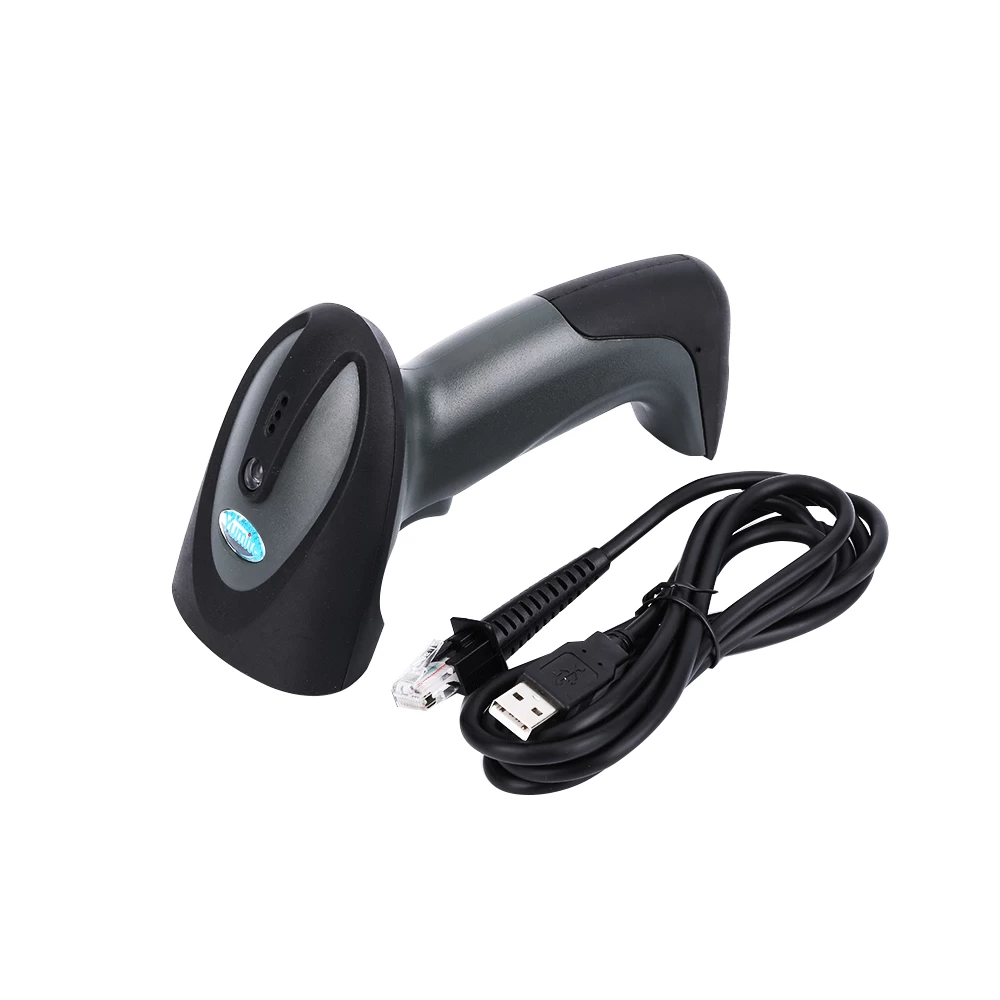
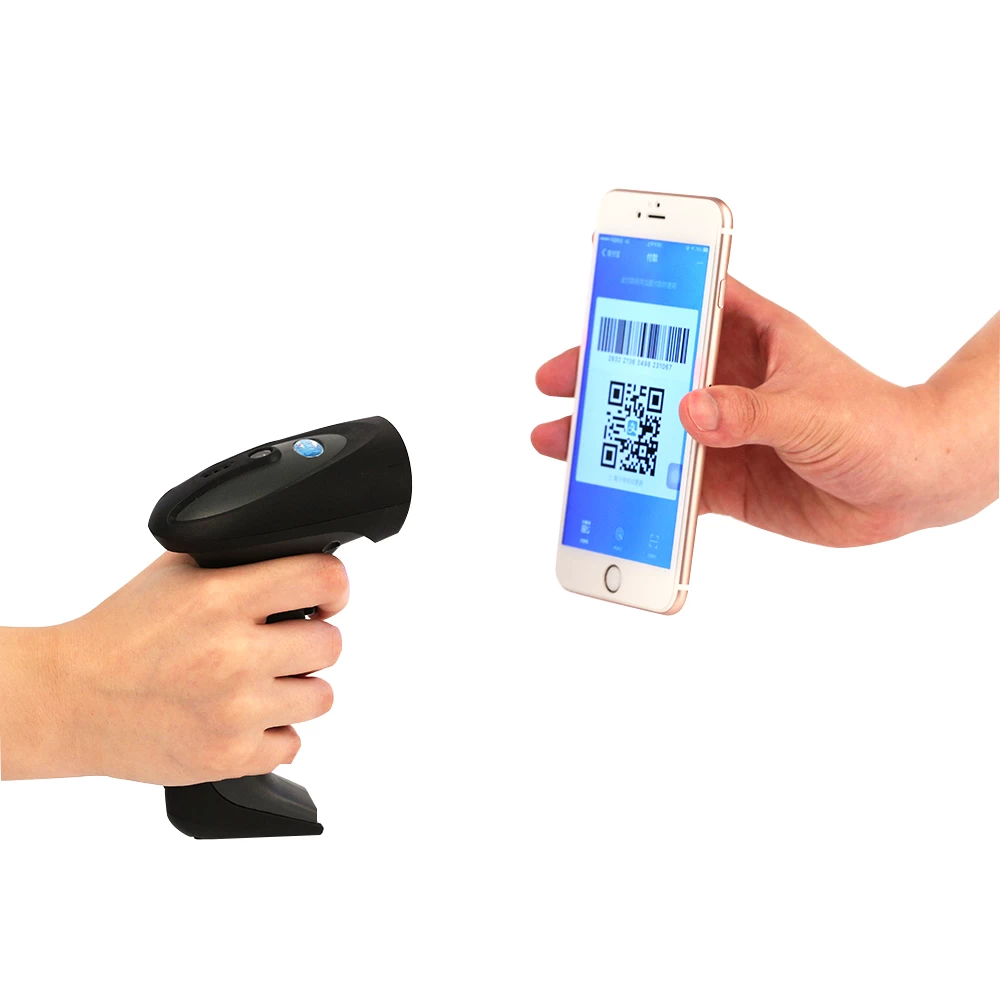
There are two general classes of barcodes: one-dimensional (1D or linear) and two-dimensional (2D). They are used in different types of applications, and in some cases are scanned using different types of technology. The difference between 1D and 2D barcode scanning relies on the layout and amount of data that can be stored in each, but both can be used effectively in a variety of automatic identification applications.
1D Barcode Scanning:
Linear or 1D barcodes, like the UPC code commonly found on consumer goods, use a series of variable-width lines and spaces to encode data. Linear barcodes hold just a few dozen characters, and generally get physically longer as more data is added.
1D barcodes are dependent on database connectivity to be meaningful. If you scan a UPC code, for instance, the characters in the barcode have to relate to an item in a pricing database to be useful.
2D Barcode Scanning:
2D barcodes, like Data Matrix, QR Code or PDF417, use patterns of squares, hexagons, dots, and other shapes to encode data. They can be much smaller while holding more data (hundreds of characters) than 1D codes. Data is encoded based on both the vertical and horizontal arrangement of the pattern, thus it is read in two dimensions.
A 2D barcode doesn’t just encode alphanumeric information. These codes can also contain images, website addresses, voice, and other types of binary data. That means you can make use of the information whether you are connected to a database or not. A large amount of information can travel with an item labeled with a 2D barcode.
Applications for 1D and 2D Barcode Technology:
1D barcodes can be scanned with traditional laser scanners, or using camera-based imaging scanners. 2D barcodes, on the other hand, can only be read using imagers.
In addition to holding more information, 2D barcodes can be very small, which makes them useful for marking objects that would otherwise be impractical for 1D barcode labels. With laser etching and other permanent marking technologies, 2D barcodes have been used to track everything from delicate electronic printed circuit boards to surgical instruments.
1D barcodes, on the other hand, are well suited for identifying items that may be associated with other information that changes frequently. To continue with the UPC example, the item the UPC identifies will not change, although the price of that item frequently does; that’s why linking the static data (item number) to the dynamic data (the pricing database) is a better option than encoding price information in the barcode itself.
2D barcode2D barcodes have increasingly been used in supply chain and manufacturing applications as the cost of imaging scanners has fallen. By switching to 2D barcodes, companies can encode more product data while making it easier to scan items as they move on assembly lines or conveyors – and it can be done without worrying about scanner alignment.
This is especially true in the electronics, pharmaceutical, and medical equipment industries where companies have been tasked with providing a large amount of product tracking information on some very small items. For example, the U.S. FDA’s UDI (unique device identifier) rules require several pieces of manufacturing information to be included on certain types of medical devices. That data could be easily encoded on very small 2D barcodes.
While there is a difference between 1D and 2D barcode scanning, both types are useful, low-cost methods of encoding data and tracking items. The kind of barcode (or combination of barcodes) you select will depend on the specific requirements of your application, including the type and amount of data you need to encode, the size of the asset/item, and how and where the code will be scanned.



